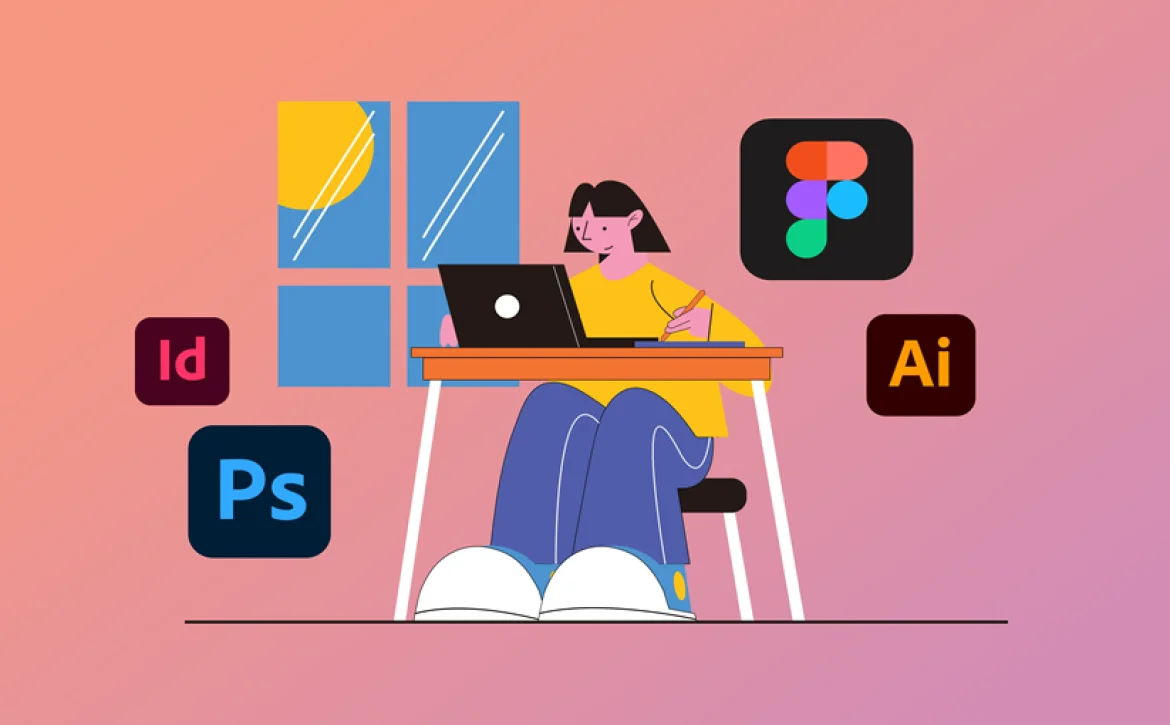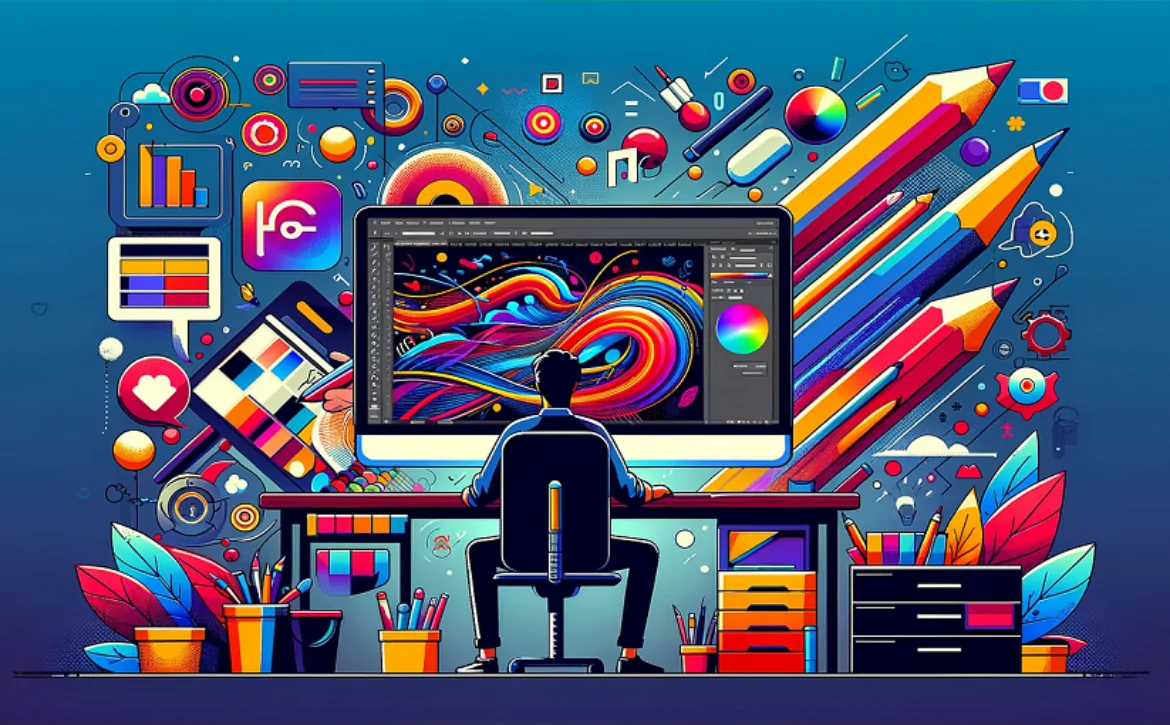Graphic Design Software That Transforms Your Creativity
Creativity is a journey, not a destination. The tools you employ can either speed up or slow down the process of creating a polished visual masterpiece or scribbling ideas on a napkin. For artists, marketers, bloggers, and anyone with a spark of creativity, best graphic design software free plays a vital role in shaping ideas into reality. But with so many options out there, how do you pick the right one? More importantly, can software truly unlock your creative potential? It felt overwhelming with so many buttons, colors, and features. But as I explored and experimented, my ideas began to take shape like never before.
This is the magic of graphics design software that transforms your creativity: it bridges the gap between imagination and execution. Today, graphics design software is more accessible than ever, with many free options that don’t sacrifice quality. Whether you are an absolute beginner or a seasoned pro, there is something designed to match your style and skill level. From simple interfaces that welcome novices to advanced tools for intricate projects, the right software can turn any creative block into a breakthrough.
Why Graphic Design Software Matters More Than Ever
The world is visual. From social media to websites, advertising to personal branding, good design grabs attention and tells stories faster than words alone. Graphics design software gives you the power to communicate ideas visually with impact and precision. But it does more than just create images.
It helps you experiment freely. You can tweak colors, rearrange elements, try different fonts, and undo mistakes with a click. The flexibility is a game changer, especially for beginners who might hesitate to dive in without the fear of ruining their work. Many graphics design software options offer templates and tutorials, making the learning curve less steep and the creative process more enjoyable.
For professionals, the best graphics design software delivers powerful features like vector drawing, photo editing, 3D modeling, and collaboration tools. These capabilities allow for highly detailed, polished designs that meet commercial standards.
Exploring the Graphic Design Software List: Options for Every User
When choosing graphics design software, it’s important to consider your needs, budget, and experience. Here’s a breakdown of the main types of software and some standout examples from the graphics design software list that cater to different users.
1. Graphic Design Software Free and Open Source
It lets you explore essential features without financial commitment. Some of the best graphics design software free versions include user-friendly tools and surprisingly robust capabilities.
For example, certain programs allow free download and offer vector and raster editing. These options are perfect for beginners who want to learn the basics, create social media graphics, or work on small projects. While free versions may have some limitations, they often cover all the essentials for everyday design.
2. Best Graphic Design Software for Beginners
Beginners need simplicity, guidance, and flexibility. Many software options tailor their interfaces to be intuitive, offering drag-and-drop features, ready-made templates, and step-by-step tutorials. Such software usually supports multiple file formats and provides access to fonts, icons, and stock images, which accelerate the creative process. Whether you want to create logos, posters, or digital art, beginner-friendly tools make it accessible and fun.
3. Best Graphic Software for Professionals
For professionals or those wanting to grow, the best graphics design software offers comprehensive toolsets with advanced features. These include multi-layer editing, color management, complex effects, and integration with other creative programs.
Investing in professional software means you can create high-resolution designs for print, web, video, and more. These programs also often support plugins and extensions, giving you the freedom to customize your workspace and streamline repetitive tasks.
How to Choose the Right Graphic Software
Here are some tips to guide your choice:
- Assess Your Skill Level: If you are new, look for graphics design software for beginners with easy interfaces and tutorials. If you are experienced, prioritize software with advanced features and customization.
- Consider Your Budget: There are plenty of graphics design software free options that provide solid basics. For more extensive needs, check subscription or one-time payment plans that fit your finances.
- Check Compatibility: Make sure the software works well on your computer’s operating system and supports the file formats you need.
- Try Before You Buy: Many paid software offers free trials. Use them to explore the interface and features before committing.
- Look for Community Support: A strong user community means plenty of tutorials, forums, and shared resources to help you learn and troubleshoot.
The Future of Creativity with Graphic Design Software
Designers can now work more efficiently and creatively than ever before thanks to cloud-based platforms, real-time collaboration, and AI-powered tools. With these developments, graphic design should become more accessible and inclusive globally. No matter your background or goals, the right graphics design software can unlock new dimensions of your creativity. It invites you to experiment, learn, and express ideas visually in ways you might never have imagined. So, whether you download graphics design software free or invest in a premium tool, the most important thing is to start creating and enjoy the journey.Here’s a concise conclusion for your article:
In the end, Graphics design software is more than just a tool, it is a bridge between imagination and reality. Whether you choose graphic design software free download or invest in the best graphics design software, the right choice will inspire you to create, experiment, and grow. From beginners seeking simple interfaces to professionals needing advanced features, there is something for everyone. Start exploring your options today and let your creativity take the lead.



